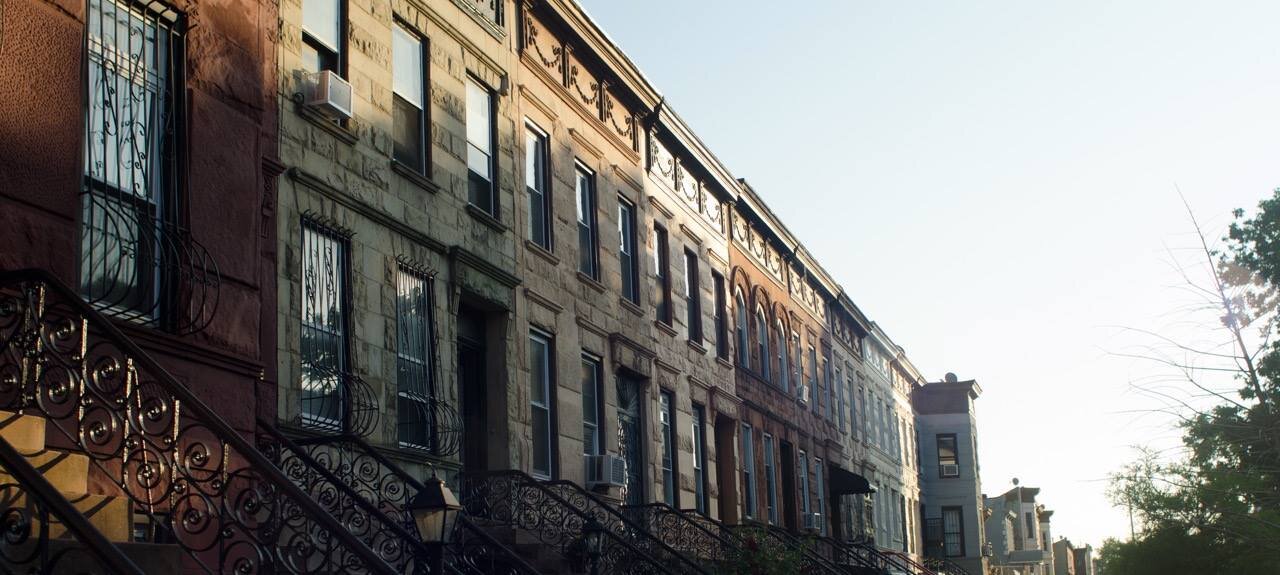What Is an SRO?
SRO stands for Single Room Occupancy, a type of housing historically designed to provide small, low-cost rooms for individuals — often with shared bathrooms or kitchens.
SROs once played a major role in NYC’s affordable housing ecosystem, offering shelter to working-class residents, students, and those transitioning from homelessness.
However, due to past misuse, safety issues, and shifts in policy, SRO housing has become heavily regulated and much less common today.
Why Property Owners Consider SRO Conversion
Many NYC buildings that were once licensed as SROs are now outdated, underutilized, or in need of modernization.
Owners often explore SRO conversion as a way to:
- Redevelop the property into standard apartments or multi-family housing
- Improve income potential and property value
- Comply with modern housing and safety codes
Conversions can also align with the city’s broader goals to increase affordable housing availability — but only if done legally and carefully.
Understanding NYC’s SRO Laws
SRO properties are subject to strict HPD (Department of Housing Preservation and Development) and DOB (Department of Buildings) oversight.
The key regulation to know is the New York City Administrative Code §27-198 and §27-2076, which govern alterations, occupancy, and conversions.
You cannot legally convert or alter an SRO without proper approvals.
In fact, it is illegal to demolish, alter, or use an SRO for another purpose without obtaining a Certificate of No Harassment (CONH) — a document proving that no tenants were unlawfully forced out or mistreated in the past three years.
The Certificate of No Harassment (CONH)
The CONH is one of the most important (and time-consuming) parts of an SRO conversion.
Here’s how it works:
- The owner applies through the Department of Housing Preservation and Development (HPD).
- HPD investigates the property’s tenant history for evidence of harassment or illegal evictions.
- If approved, the owner can move forward with renovations, demolitions, or conversions.
If denied, the property may remain frozen in its current state until the issue is resolved — sometimes for years.
Steps for a Legal SRO Conversion
To successfully convert an SRO property, owners typically need to:
- Obtain a CONH (Certificate of No Harassment).
- File architectural and alteration plans with the Department of Buildings (DOB).
- Ensure compliance with zoning regulations, fire safety codes, and Multiple Dwelling Law (MDL).
- Work with licensed professionals (architects, engineers, and expediters) familiar with SRO conversions.
- Once approved, obtain a new Certificate of Occupancy (CO) reflecting the building’s new use.
Potential Conversion Paths
Depending on zoning and structure, former SROs can often be legally converted into:
- Standard multi-family apartments
- Boutique rentals or condominiums
- Supportive or transitional housing
- Co-living units (with proper HPD and DOB approvals)
Some developers also partner with nonprofits or affordable housing programs to receive incentives, such as tax abatements or financing from HPD or NYSERDA energy retrofit programs.
Key Challenges
- Legal restrictions on conversion without CONH
- High renovation costs for outdated structures
- Zoning limitations and occupancy caps
- Tenant protection laws that extend even after vacancy
Because of these hurdles, many investors choose to work with SRO specialists or housing attorneys before purchasing or redeveloping such buildings.
Final Thoughts
SRO conversions in NYC can be both profitable and socially impactful, turning aging properties into safe, modern housing that supports the city’s affordability goals.
But the process is far from simple — it demands compliance, patience, and professional guidance.
If approached strategically, transforming an SRO can breathe new life into an old property while contributing to New York’s evolving housing landscape.

